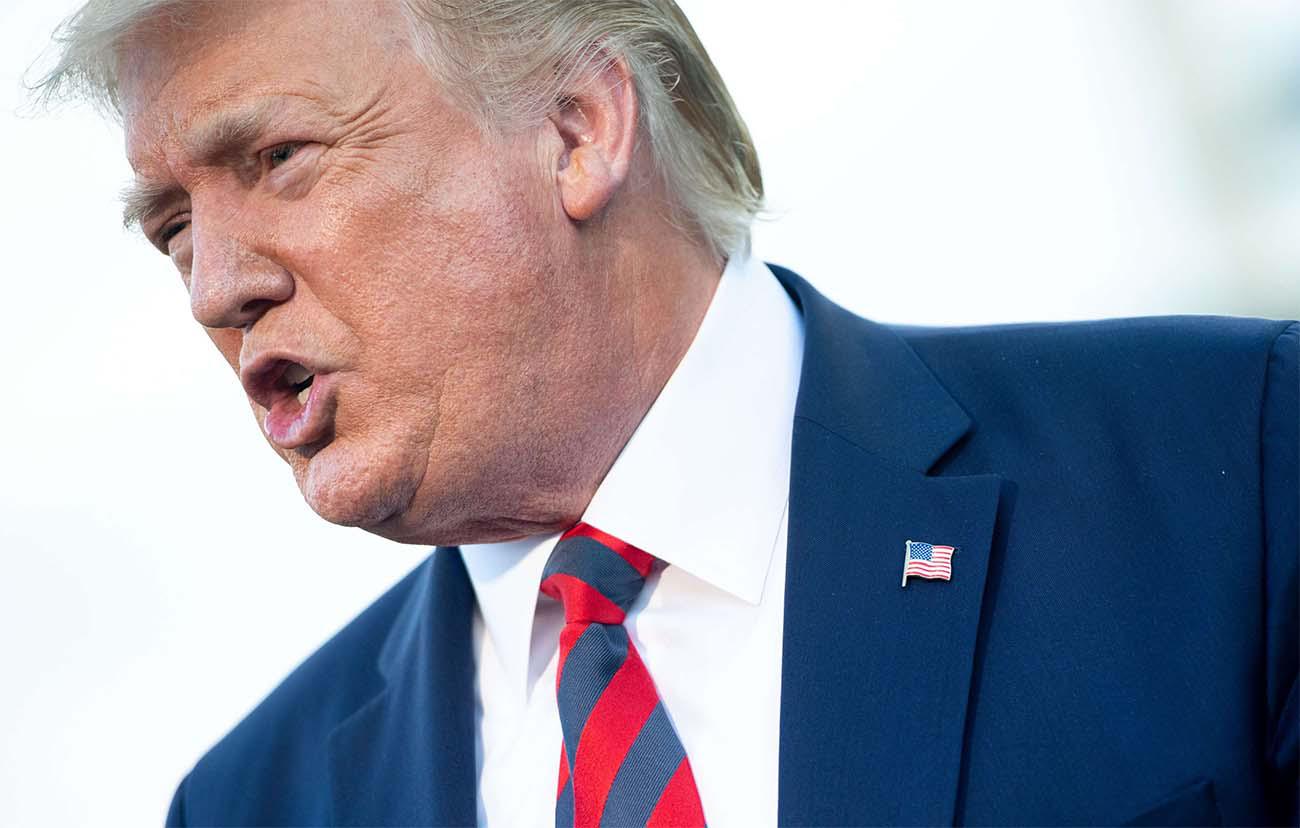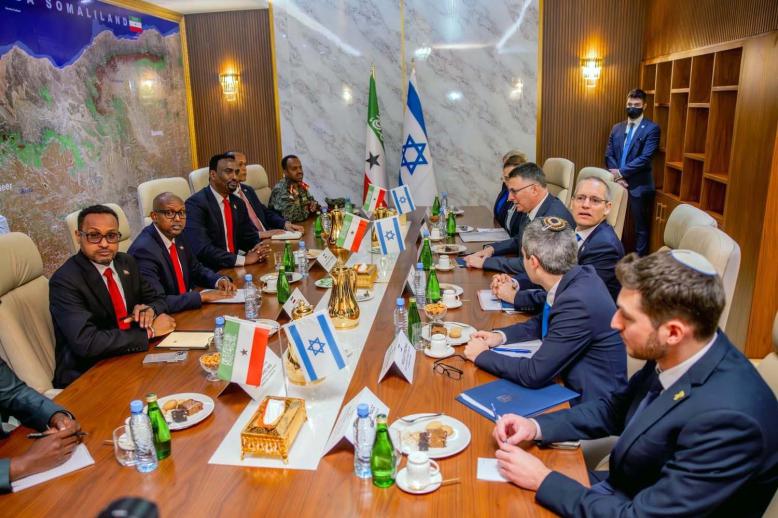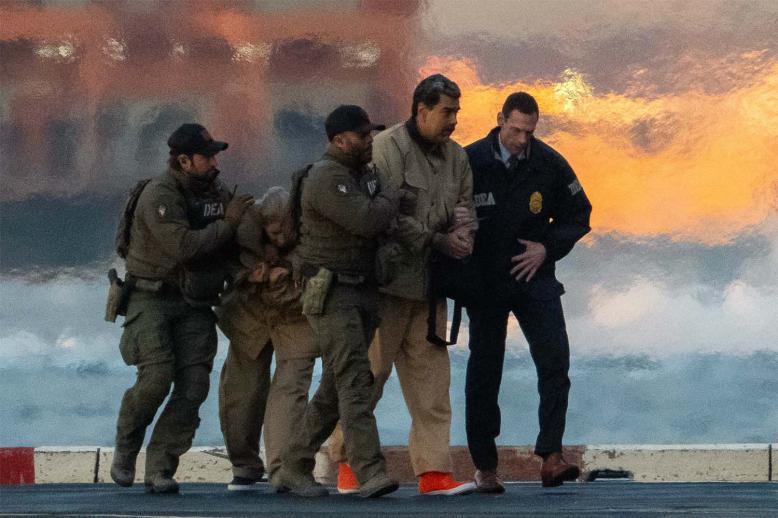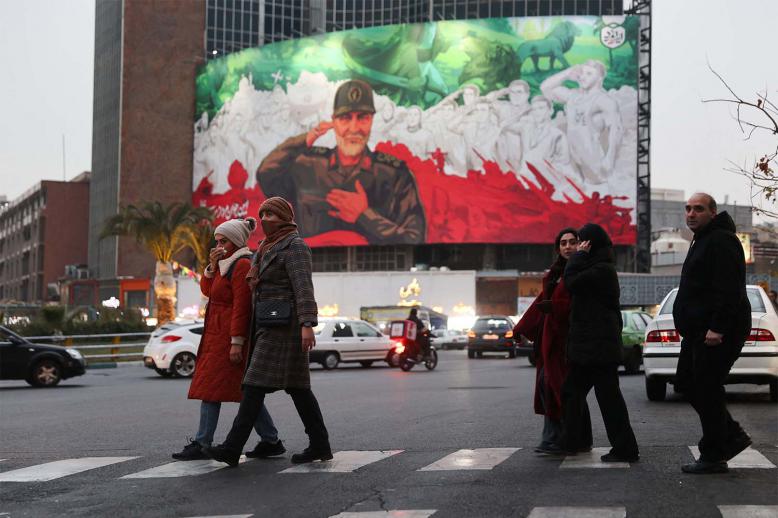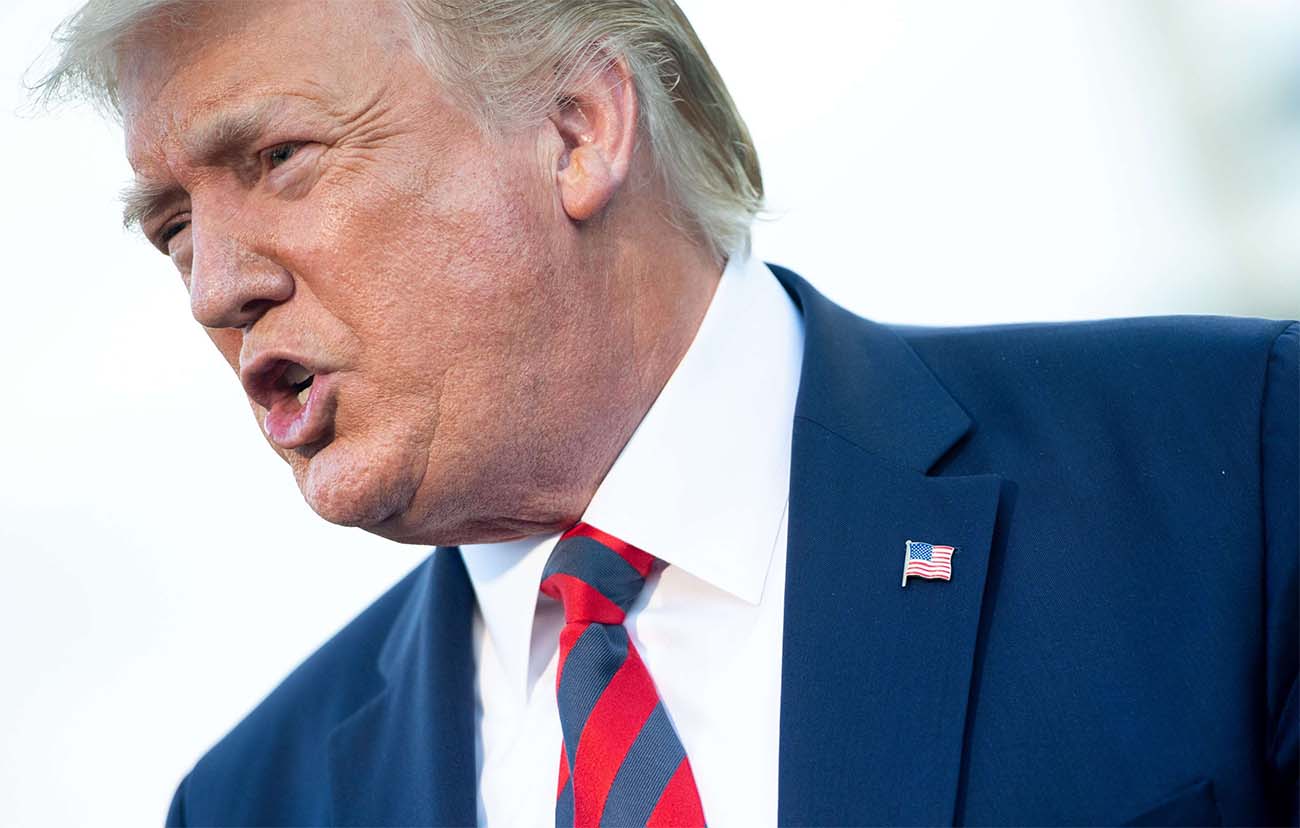Confusion marks US role in north-eastern Syria
US President Donald Trump continues to muddy the waters on the policy of the United States in north-eastern Syria.
Trump pulled US troops out of border regions of north-eastern Syria in October, immediately after a phone call with Turkish President Recep Tayyip Erdogan. This allowed Turkish troops and their Syrian allies to occupy the area, kill more than 100 Kurdish fighters and civilians and cause the flight of more than 100,000 Kurds. Still, Trump said he was determined to withdraw all 1,000 US troops from the country.
That policy elicited widespread criticism in the United States, even among his congressional Republican allies and evangelical Christian supporters.
US Defence Department officials, civilians and military alike, who were not consulted about his decision, were especially angry since it meant abandoning the United States’ Syrian Kurdish allies who had taken the brunt of the casualties in the anti-Islamic State (ISIS) campaign and because of the concern that without a US military presence in the area, ISIS could rebound.
Hence, there was considerable pushback from the Pentagon, so much so that Trump agreed to keep about 600 troops in north-eastern Syria, south of the area under Turkish control. This idea was apparently sold to Trump as a way of holding on to the oil fields in the Deir ez-Zor region, which are in an area controlled by the Kurdish-led Syrian Democratic Forces (SDF).
The oil idea especially appealed to Trump, who likes transactional foreign policy. He initially made comments to the effect that the revenues from the fields would accrue to the United States but Pentagon officials “clarified” his remarks to say the objective would be to keep the oil fields out of ISIS’s hands, with revenues from the fields used to support the SDF.
The policy was refined further when Chairman of the Joint Chiefs of Staff US Army General Mark Milley stated on US television November 10 that the 600 US troops would be used primarily to ensure “the enduring defeat of ISIS.”
Milley stressed that “there are still ISIS fighters in the region and unless pressure is maintained… there’s a very real possibility that conditions could be set” for ISIS’s re-emergence.
That protecting the oil fields would be a secondary objective was underscored by US Navy Rear-Admiral William Byrne, vice-director of the Joint Staff, who said: "The mission is the defeat of ISIS. The securing of the oil fields is a subordinate task to that mission and the purpose of that task is to deny ISIS the revenues from that oil infrastructure."
However, Trump, during his news conference with Erdogan November 13, said the sole purpose of the US troop presence in north-eastern Syria was to protect the oil. He stated: "We're keeping the oil. We have the oil. The oil is secure. We left troops behind only for the oil.”
This comment caused a negative reaction. Not only did Trump appear to contradict the Pentagon, he also caused confusion among US allies in the anti-ISIS fight who were gathering in Washington. Unnamed diplomats said Trump’s comments sowed doubt that whatever agreements were struck with the United States could be reversed by his impulsivity.
It is possible Trump made the comments about protecting the oil as the sole US mission to assuage Erdogan that the United States would no longer be the protector of the SDF, whose Kurdish fighters Erdogan claims are terrorists. However, in doing so, he upended the Pentagon’s claim that it will continue to work with the SDF against ISIS. Undoubtedly, there will again be pushback from the Defence Department to Trump’s statements.
The new US policy leaves many unanswered questions. The SDF has sold oil to the Syrian government, so does that mean US officials will do to the same? If not, where and to whom will the oil be sold? Presumably, it could be sent by lorries to Iraq. However, under international law, oil in Syrian territory must be under the purview of the Syrian government. So, how does Washington square this circle?
Second, what about the more than 100,000 Syrian Kurdish refugees who fled, mostly to Iraq, during the Turkish invasion in October? Does the United States have a moral obligation to help them? It is certain that Erdogan does not want them to return to their former homes; instead, he is planning to resettle many Syrian Arab refugees in Turkey in that area to ensure that the Kurds cannot reconstitute their statelet there.
Finally, what about the SDF and the prison camps that it controls that are full of ISIS fighters and their families? Will part of the 600 US troops be deployed to these camps? Will those troops continue to support the SDF to root out ISIS cells?
Unfortunately, none of these questions have been answered, which is indicative of Trump’s confusing and erratic Syria policy.
Gregory Aftandilian is a lecturer at the Pardee School of Global Studies at Boston University and is a former U.S. State Department Middle East analyst.
Copyright ©2019 The Arab Weekly


